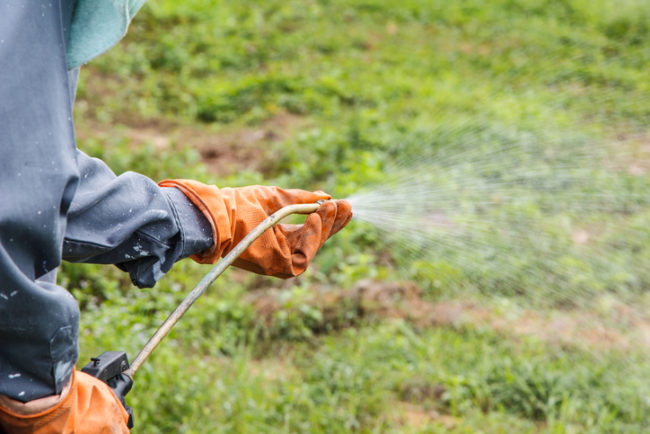Previously, we reported two significant jury verdicts involving alleged exposure to glyphosate-containing Roundup, including a $289 million verdict and an $80 million verdict, both occurring in California courts within the past year.
In another plaintiff’s victory, an Alameda County jury has reached a record-setting $2 billion verdict against Monsanto — the largest in history involving alleged exposure to glyphosate. This is now the third consecutive herbicide trial where a jury has found in favor of plaintiffs.
The plaintiffs in this case, Alva and Alberta Pilliod, applied Roundup to their property for several decades, beginning in the 1970s until several years ago. The couple, now in their seventies, were both diagnosed with Non-Hodgkin lymphoma within four years of one another.
With deliberations lasting just under two days, the jury concluded that Monsanto failed to warn customers about the health hazards of glyphosate, the most common active ingredient in weed killing products. It awarded $2 billion in punitive damages ($1 billion to each plaintiff) and $55 million in compensatory damages. The plaintiffs argued that the defendant spent decades suppressing scientific studies linking its products to cancer by ghostwriting misleading academic articles and providing the EPA with false readings. While the judgment will likely be reduced under U.S. Supreme Court precedent that caps the ratio of punitive to compensatory damages at roughly nine to one, depending on the circumstances, the verdict could stand in the range of hundreds of million of dollars.
Expert testimony became a critical pivot point during the five-week trial. The jury heard testimony from competing oncologists, pathologists, and toxicologists who provided vastly different responses concerning skin absorption rates and whether scientific data supports a connection between exposure to glyphosate and the development of cancer. The plaintiffs’ argued that the herbicide contained a formula consisting of polyethoxylated tallow amine, a surfactant (a substance that reduces surface tension of a liquid), which allows glyphosate to easily penetrate human skin and be stored for days, whereupon a steady dose is spread into bone marrow—an area where lymphoma may originate.
Conversely, defense experts contended that the epidemiological data shows that exposure to glyphosate does not increase one’s risk of developing cancer and that the rate of Non-Hodgkin lymphoma has plateaued over the past two decades, while the use of Roundup has increased significantly.
Currently, there are over 13,000 glyphosate related claims pending in various jurisdictions nationwide. The next jury trial in the glyphosate litigation is scheduled for August in Missouri state court, the first time a jury outside of California will hear a Roundup case. The trial will take place in St. Louis County, where Monsanto’s former headquarters are located.

